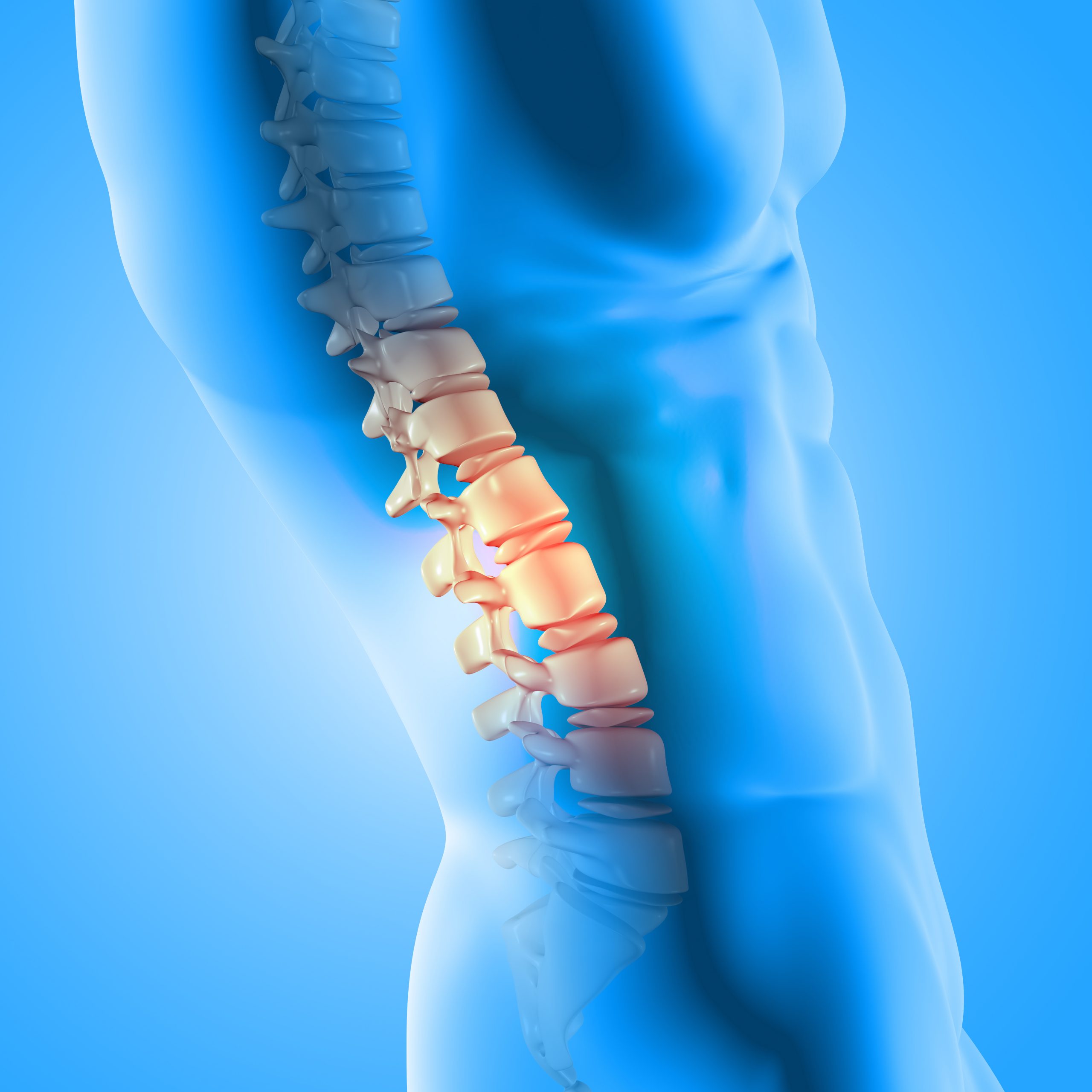

Many neurological illnesses that include involuntary muscular spasms have long been thought to be brain diseases. However, both the brain and the spinal cord include a large number of nerve cells that are related with movement. The new study, published in Science Translational Medicine, employed cutting-edge mice genetics to determine whether dystonia patients’ movement disorder was caused by the brain or the spinal cord dysfunction.
Focusing on the most common inherited form of dystonia, DYT1, UCL researchers restricted a genetic mutation to the mice’s spinal cord while protecting nerve cells in the brain. They noticed that the mice acquired dystonia symptoms that were strikingly comparable to those reported in individuals with the illness.
The researchers also looked at how specific nerve cells in the spinal cord were altered by the disease.
The researchers expect that their findings will aid in the development of novel medicines.
Corresponding author, Professor Rob Brownstone (UCL Queen Square Institute of Neurology), said, “We take our ability to move for granted. However, some conditions—such as dystonia—can affect both movement and quality of life.”
Until now, research on how neurological diseases impact nerve cells in the spinal cord has been scant. But it is crucial to understand the origins of disease in order to be able to treat them correctly.”
“We hope that our findings will provide a key first step towards the development of new treatments for dystonia.”
Dystonia is a potentially limiting disorder that can have an influence on both physical and emotional health. It can affect many different regions of the body, including the voice cords, neck muscles, and fingers, and is the third most prevalent movement condition after essential tremor and Parkinson’s disease, affecting at least 100,000 people in the UK alone.
While the actual prevalence rate is uncertain because many cases go undetected, DYT1 dystonia is thought to afflict roughly 25 persons in 100,000.
Lead author, Dr. Amanda Pocratsky (UCL Queen Square Institute of Neurology) said, “There is no cure for dystonia, and progress towards finding one has been prevented by a lack of preclinical models that develop the movement disorder.”
“By focusing on the nervous system’s final common pathway for producing movement—spinal motor circuits—we have developed a preclinical model that imitates the human condition. From this work, we have a newfound entry point into investigating the complex changes in the body that cause the disease and a potential target for developing new therapeutic interventions.
“Spinal circuit dysfunction is rarely considered in movement disorder research, but the symptoms of these conditions are largely produced by neurons resident within the spinal cord. To this end, while DYT1 dystonia is a relatively rare condition, our findings could also be important not only for the dystonia community but for forming new treatment strategies for other neurological disorders that similarly affect the movement of limbs.”
more recommended stories
 Silica Nanomatrix Boosts Dendritic Cell Cancer Therapy
Silica Nanomatrix Boosts Dendritic Cell Cancer TherapyKey Points Summary Researchers developed a.
 Vagus Nerve and Cardiac Aging: New Heart Study
Vagus Nerve and Cardiac Aging: New Heart StudyKey Takeaways for Healthcare Professionals Preserving.
 Cognitive Distraction From Conversation While Driving
Cognitive Distraction From Conversation While DrivingKey Takeaways (Quick Summary) Talking, not.
 Fat-Regulating Enzyme Offers New Target for Obesity
Fat-Regulating Enzyme Offers New Target for ObesityKey Highlights (Quick Summary) Researchers identified.
 Spatial Computing Explains How Brain Organizes Cognition
Spatial Computing Explains How Brain Organizes CognitionKey Takeaways (Quick Summary) MIT researchers.
 Gestational Diabetes Risk Identified by Blood Metabolites
Gestational Diabetes Risk Identified by Blood MetabolitesKey Takeaways (Quick Summary for Clinicians).
 Phage Therapy Study Reveals RNA-Based Infection Control
Phage Therapy Study Reveals RNA-Based Infection ControlKey Takeaways (Quick Summary) Researchers uncovered.
 Pelvic Floor Disorders: Treatable Yet Often Ignored
Pelvic Floor Disorders: Treatable Yet Often IgnoredKey Takeaways (Quick Summary) Pelvic floor.
 Urine-Based microRNA Aging Clock Predicts Biological Age
Urine-Based microRNA Aging Clock Predicts Biological AgeKey Takeaways (Quick Summary) Researchers developed.
 Circadian Control of Neutrophils in Myocardial Infarction
Circadian Control of Neutrophils in Myocardial InfarctionKey Takeaways for HCPs Neutrophil activity.

Leave a Comment